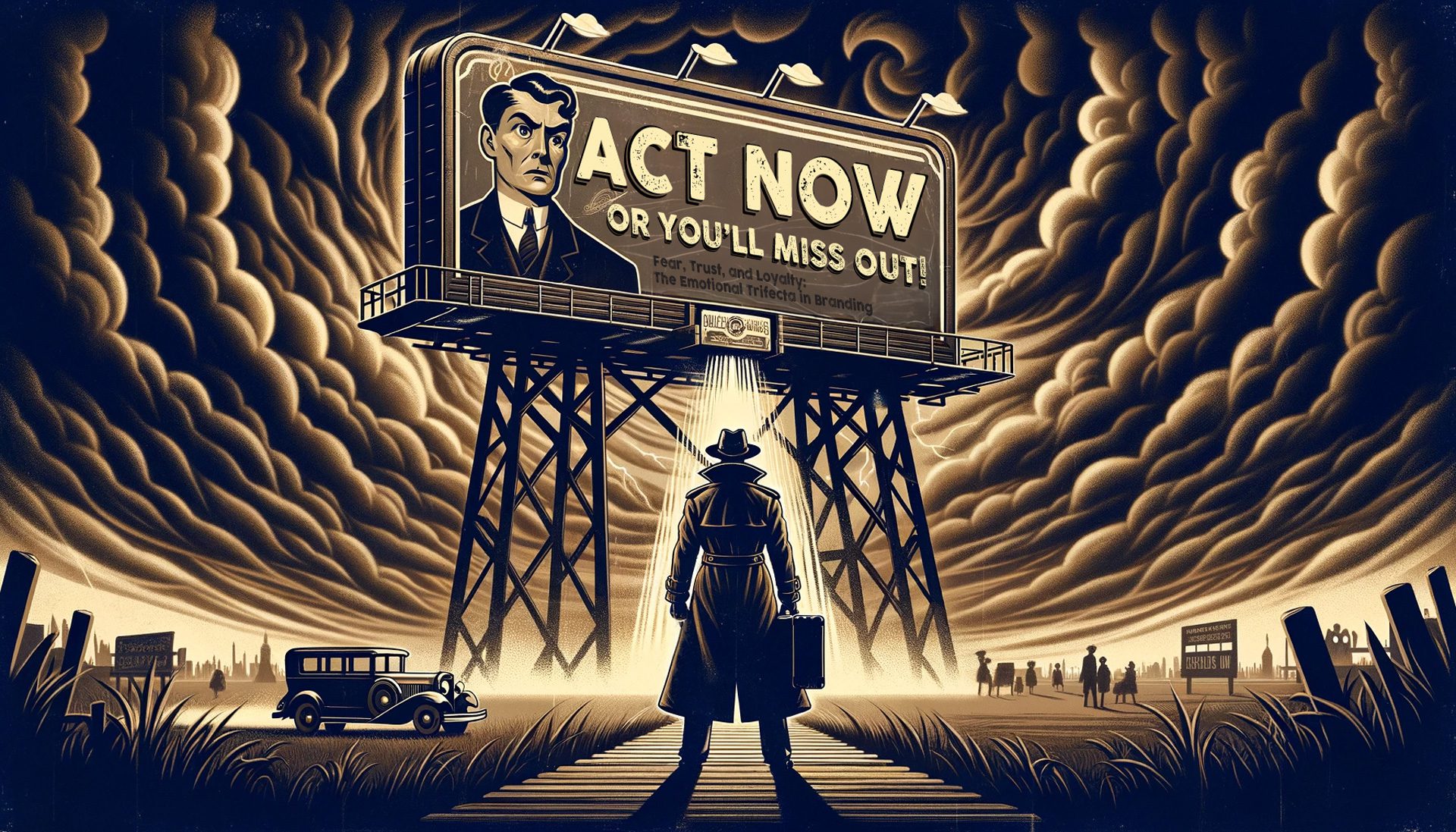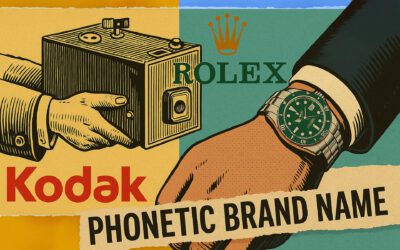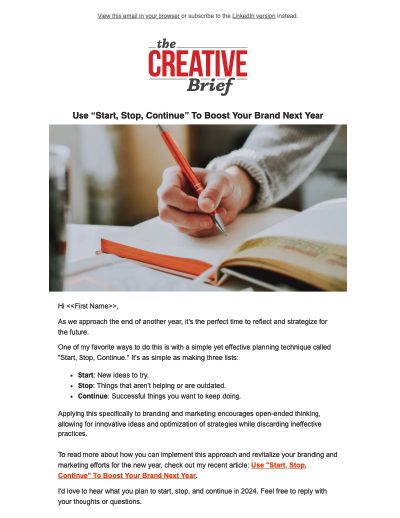Have you ever wondered why some brands just click with you while others don’t? Well, it’s all about feelings! When a brand can evoke these emotions in its customers, it will create a lasting connection and build relationships that will ultimately lead to success.
Let’s break it down using three big emotions we all feel: fear, trust, and loyalty. These three are like the main characters in a movie. Fear is used to create a sense of urgency, trust is used to build credibility, and loyalty is used to develop long-term customer relationships. By understanding these emotions, you can create a powerful brand message that will resonate with your audience. Here’s how it works:
Fear’s Role: The Attention-Grabber
Okay, first up, we’ve got fear. It’s like that loud noise in a quiet room – it gets your attention. Brands have used fear for years to make us stop and look. Think about those ads showing what might happen if you don’t buy a particular product.
Many companies use fear-based marketing techniques. Take the example of toothpaste brands. Those commercials often emphasize the potential consequences of not maintaining oral health – such as cavities, gum diseases, or even tooth loss. By showcasing these fears, they draw attention to the need for their product. They then highlight how their toothpaste helps prevent these outcomes, making it essential for consumers. Just like the concern of untreated dental conditions, fear grabs us immediately. But the brand doesn’t just harp on the dangers but quickly pivots to its solution.
Fear of Missing Out (FOMO) is another powerful marketing tool brands use to convince potential customers that they are missing out on something great if they don’t buy their product. It’s a way to tap into a person’s fear of being left out and is a common tactic used to create a sense of urgency and encourage people to act quickly.
But here’s the catch: you must rely on more than scare tactics. It might work in the short term, but there are better ways to build long-term customers!
Trust: The Unbroken Promises
Once the door’s open, what’s next? Trust, the second of the big three emotions. Picture trust as a firm handshake and friendly chat with someone you know and like. Genuine brands that are open and honest give you that handshake.
When brands are honest, genuine, and keep their promises, we feel safe with them. It’s like when a friend has your back. If a brand just tries to scare you without building trust, it’s like someone yelling “Boo!” at you every day. It gets old, right?
Without trust, it’s all just empty words and broken promises. Brands need to earn the trust of their customers to succeed. This can be done by being open and honest, delivering on promises, and showing empathy.
Loyalty: The BFF Badge
Now, if a brand balances that tiny bit of fear with a ton of trust, something magical happens: loyalty. This is the golden ring, the BFF badge, the “I got your back, and you got mine” feeling. It’s not just about buying from the same brand again; it’s about loving that brand and even telling your friends about it. This type of loyalty is invaluable to a brand. It leads to repeat purchases and creates positive word-of-mouth recommendations, which are invaluable for any business.
How Brands Ace the Trifecta
- Fixing Over Frightening: Brands shouldn’t just point out problems. It’s like someone always saying what’s wrong without helping out. The cool brands give solutions.
- Real Talks, Real Connections: The best brands talk with you, not at you. They get you and make you feel seen.
- Knowing You Better (Without Being Creepy): Brands can use what they know about you to make things personal, but in a good way. It’s like a friend remembering your favorite song.
- Listening to You: When brands let you be part of their world and decision-making, it’s just like a friend valuing your opinion.
- Caring for You: Brands should actually care about your well-being. Not just in the “buy our stuff” way, but genuinely wanting the best for you.
The Big Picture
Think of branding as building an epic saga. It starts with an introduction, builds with genuine interactions, and deepens into a lifelong bond. All along the way, your brand needs to stay consistent in its messaging and values. You need to nurture the relationship, show care and commitment, and be there for your customers when they need you most.
Ultimately, the right branding strategy will create a meaningful and enduring relationship with your customers based on mutual respect and care. Your brand will then become an integral part of your customers’ lives, remain relevant, and stay front and center in their minds.




